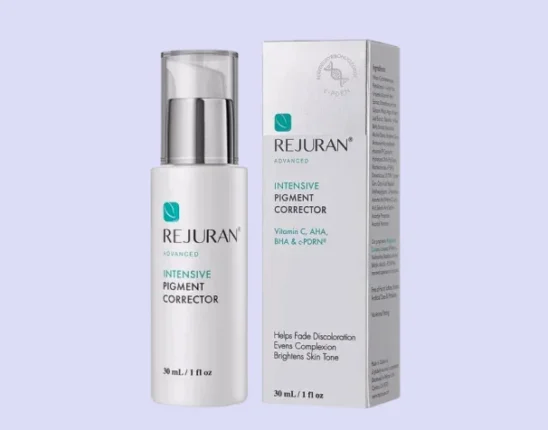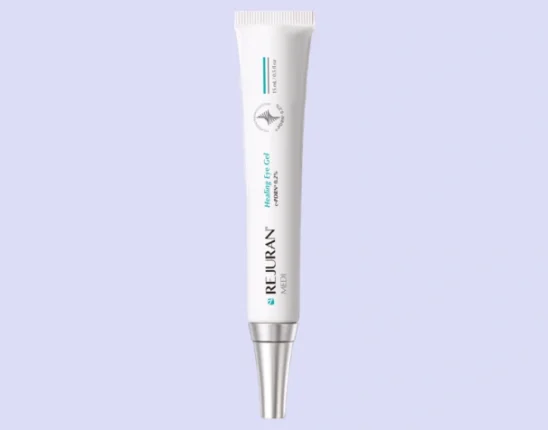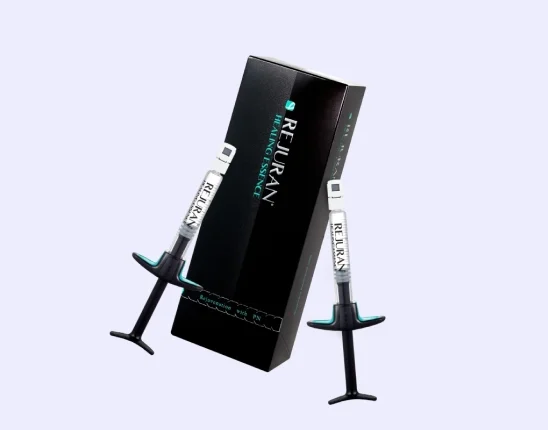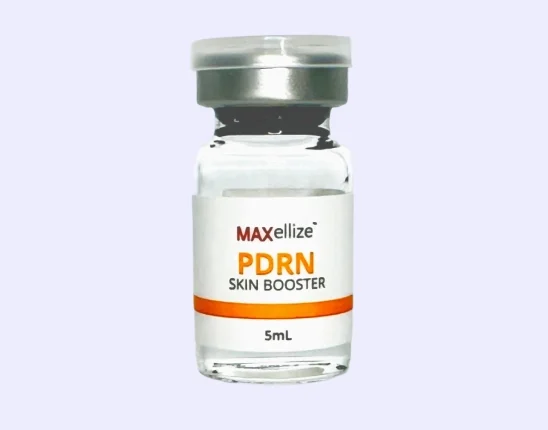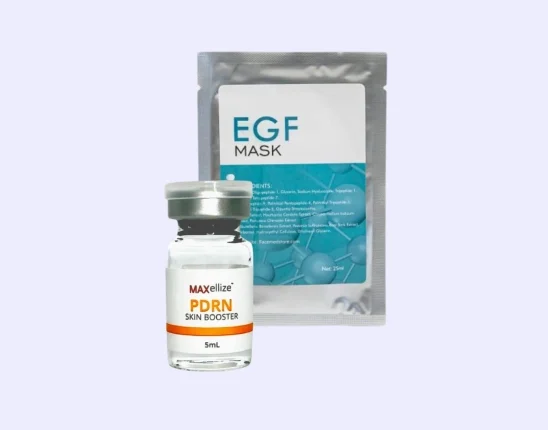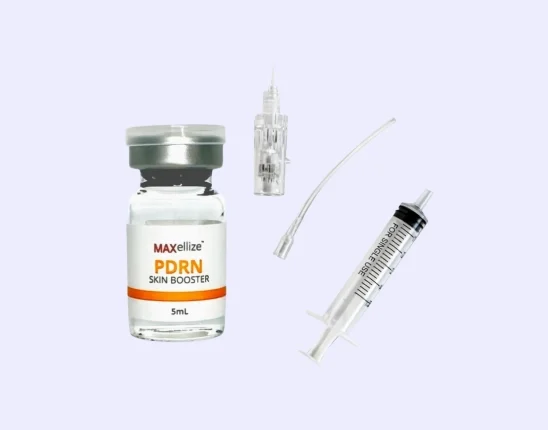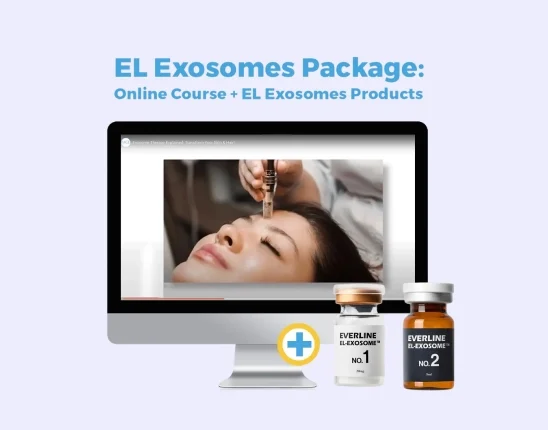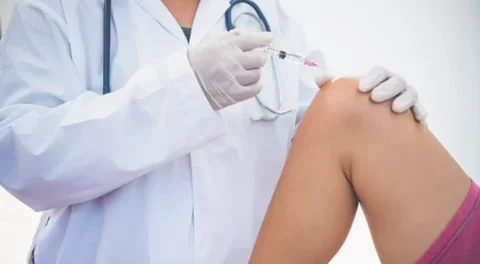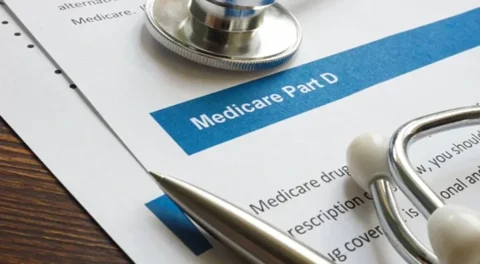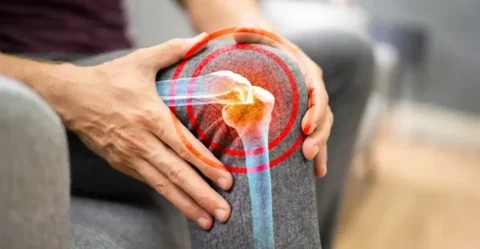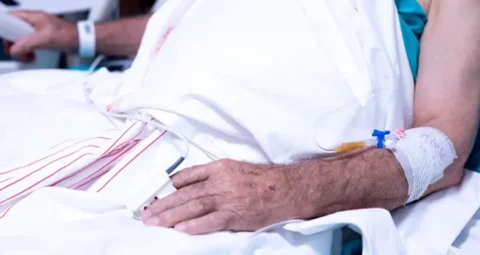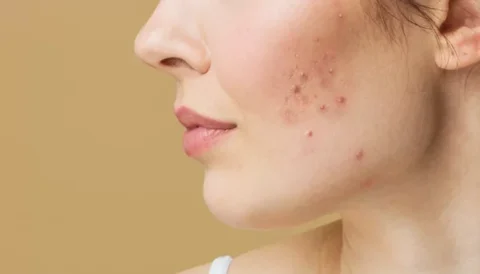Platelet-rich plasma (PRP) therapy for hair loss is a popular option for those looking to stimulate hair growth. Using the unique growth factors of your platelets, you can promote healthier cell growth to reactivate dormant hair follicles and restart the hair growth cycle. However, these treatments aren’t a one-time solution and you’ll need multiple treatments before you see a difference in thinning hair.
So does this mean that you need PRP hair treatments for the rest of your life? Like many other effective treatment options, PRP therapy isn’t meant to be a long-term solution and is meant to boost your existing hair growth. While you could technically have maintenance PRP treatments done for the rest of your life, there are plenty of other long-term options to treat the signs of hair loss.
Can You Get PRP Therapy and Maintenance Treatments for the Rest of Your Life?
On average, most patients need at least 3 platelet-rich plasma therapy treatments spread out 4 to 6 weeks apart to see improvements on their hair growth. Following your injection treatments, you’ll need maintenance treatments every 4 to 6 months to maintain steady cell regeneration. The effects of your PRP therapy can last between 18 to 24 months. This is then followed by a re-touch of the treatment at least once a year.
Technically speaking, you can get PRP therapy and maintenance treatments done for the rest of your life. Unlike other substances and other products used in esthetic treatments, PRP is an organic autologous substance, so the risk of adverse reactions like allergies are very low. But while some studies on PRP therapy for treating hair loss and anecdotes of patients that have undergone PRP treatments for hair growth show promise, it can only go so far to treat hair loss.
Here are two reasons why PRP therapy for the rest of your life isn’t a good idea.
Best for Early Signs of Hair Loss
PRP therapy is best for those experiencing the early signs of hair loss, especially for those losing hair due to medical conditions like alopecia areata (male and female pattern baldness), genetic hair loss, and more. Several studies suggest that PRP treatments for hair loss can be beneficial, with separate studies in 2014 and 2015 finding that patients that got PRP noticed a positive improvement in natural hair growth and hair thickness.
While studies show that PRP can be beneficial to pattern baldness, its use as a long-term solution has yet to be studied. Most patients see the effects of PRP last between 18 to 24 months after their initial treatment. However, the constant need for PRP therapy may become impractical, especially since there are other long-term solutions.
There’s currently no cure for conditions like androgenetic alopecia. While you can see improvements with PRP, it’s not a cure for hair loss. Eventually, it’s possible that one’s alopecia will progress to the point that PRP’s regenerative properties may have little to no effect on hair follicles. Towards the later stages of hair loss years later, PRP may not be as effective as it was compared to the earlier signs of hair loss.
Platelets Decrease with Age
A 2019 study published in the International Journal of Trichology found positive results in patients that had PRP therapy. While participants saw an increase in hair growth, the study also found that the quality of the patient’s blood supply can affect results. Those who had a higher concentration of platelets in their blood had better results than those with lower platelet counts.
This means that the effectiveness of PRP therapy relies on the patient’s blood quality. Patients with unhealthy blood cells, abnormal platelets, bleeding and clotting disorders, or low platelet counts may not have the results they want from PRP treatment.
PRP hair treatments for the rest of your life would not be an effective hair loss solution because of this reason. A 2016 study published in Mammalian Genome found that the average person’s platelet count remains stable from the ages of 25 to 60. However, the average platelet count will start to decrease by 8% or by 20,000 platelets, especially in adults in their 50s to 70s.
This means that PRP therapy in your early adult years isn’t the same as PRP therapy done in your later years. Your blood may not cause any adverse reaction during treatment, but platelet-rich plasma injections are likely to have little effect on your hair growth since both your platelet count has dropped and, by then, your hair loss would have progressed even further.
THE PERFECT NEEDLES FOR YOUR PATIENTS. CODE “20OFF” FOR 20% OFF YOUR FIRST ORDER!
FACE Med Store supplies countless doctors and clinics with all their supplies, including top-of-the-line hypodermic needles. Get your hypodermic needles at 20% off today!
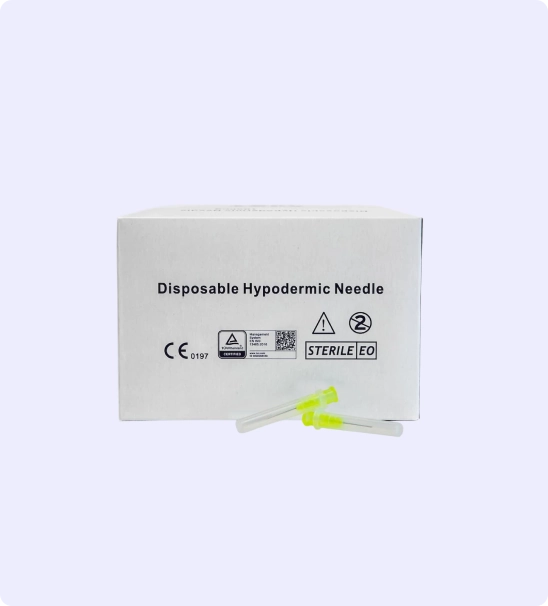
Long-Term Alternative Hair Restoration Treatments
Unfortunately, there’s still no cure for hair loss conditions like androgenic alopecia. While there are ways to pause hair loss or minimize its appearance, these solutions won’t solve hair loss caused by a medical condition. This means that stopping these treatments will cause hair loss to resume.
However, depending on the cause of your hair loss, your current health and lifestyle, and your appearance goals, these alternatives may help you manage your hair loss and maintain your appearance.
- Hair transplants – during hair transplant procedures, healthy hair follicles are harvested from the back of your head and transplanted onto the bald areas of your scalp. You’ll still have the same amount of hair on your scalp, but it will be distributed more evenly to minimize the appearance of baldness. However, hair transplant surgery is an invasive surgical procedure that can have adverse effects and a long recovery period. Studies on stem cells may one day benefit people as a cure for hair loss, but research is still ongoing.
- Hair loss medications – oral and topical medications like minoxidil, finasteride, and dutasteride can slow down the production of DHT, which are androgen hormones associated with hair loss, and promote hair regrowth. While it can pause hair loss, it will continue after you stop taking these medications.
- Synthetic hairpieces – wigs, hair systems, hair extensions, toupees, and other hairpieces can cover up bald spots on your scalp and give you the appearance of a full head of hair. It won’t pause or treat hair loss and won’t do anything to treat hair thinning, but it can maintain your appearance. Prices for these pieces can range depending on the length and quality.
Visit FACE Med Store for All Your Hair Care Needs
PRP can be good as a hair loss treatment for different types of hair loss, especially when you’re in the earlier stages of hair loss. But taking PRP therapy for the rest of your life isn’t the best solution for promoting hair growth, especially when there are many other alternatives to maintain the appearance of your hair.
For all your hair care products, supplies, and other equipment, visit FACE Med Store to browse for great deals. We offer top-quality products at competitive prices, great for everyday users and esthetic practices looking to get the best value from their hair care supplies. Get in touch with us today to see our updated stock list.

